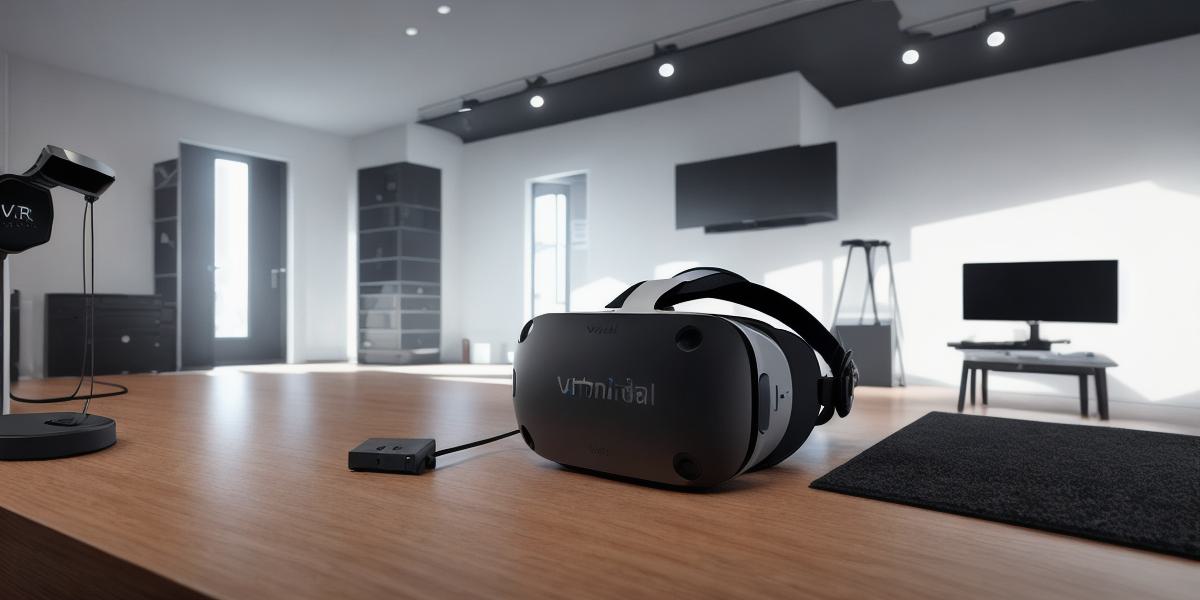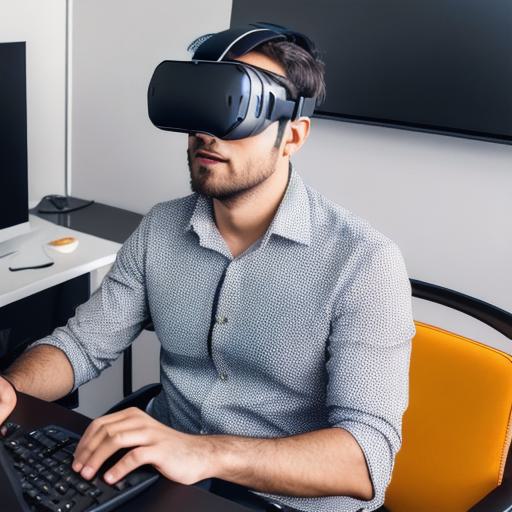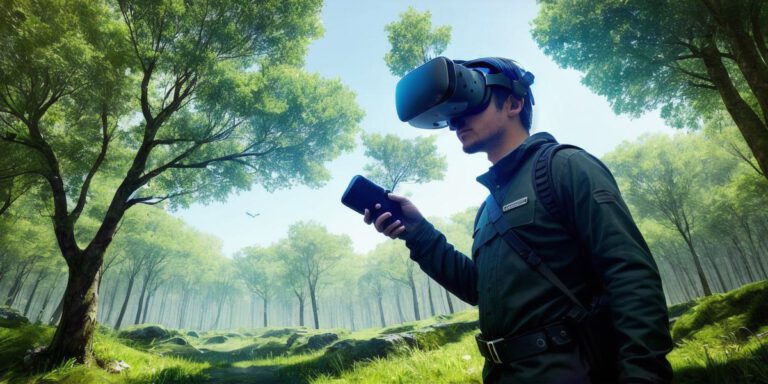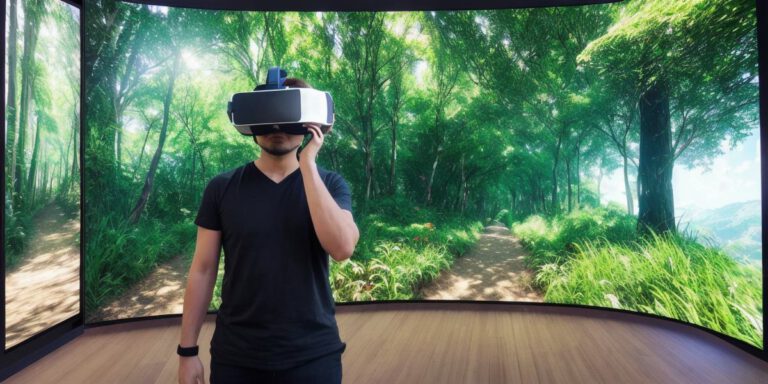Essential Equipment and Setup Guide for VR Development

Virtual reality (VR) has been rapidly evolving, and many developers are now using it to create immersive experiences for their users. However, setting up a VR development environment can be challenging, especially if you’re new to the technology. In this guide, we will explore the essential equipment needed for VR development and how to set it up effectively.
Hardware Requirements
The first step in VR development is acquiring the necessary hardware. The two main types of VR systems are desktops and mobile devices. Desktop VR systems require a powerful computer, a VR headset, and motion controllers. Mobile VR systems require a smartphone or tablet, a VR headset, and motion controllers.
The most popular desktop VR system is the Oculus Rift, which requires an Intel Core i7-4790 processor, 16GB of RAM, and an Nvidia GTX 970 graphics card. Mobile VR systems like the Samsung Gear VR require a Galaxy S6 or later smartphone, a VR headset, and motion controllers.
Software Requirements
Once you have your hardware, you need to install the necessary software. There are several VR development platforms available, including Unity and Unreal Engine. These platforms provide tools for creating VR experiences, as well as support for popular VR devices like the Oculus Rift and HTC Vive.
Setup Guide
Setting up your VR development environment involves a few key steps. First, you need to connect your VR headset and motion controllers to your computer or mobile device. This will typically involve connecting cables or using Bluetooth.

Next, you need to install the software for your VR development platform. This will typically involve downloading the software from the developer’s website and following the installation instructions. Once installed, you can launch the software and start creating your VR experience.
Tips for Successful VR Development
To ensure a successful VR development experience, here are a few tips:
- Plan ahead: Before starting your project, take some time to plan out what you want to achieve. Consider the target audience for your VR experience and what features they would find most engaging.
- Use a comfortable space: When developing for VR, it’s important to have a comfortable space where you can move around freely without bumping into anything.
- Test regularly: As you develop your VR experience, be sure to test it regularly to ensure that everything is working properly. This will help you catch any bugs or issues early on and avoid delays later in the development process.
- Collaborate with others: Developing a VR experience can be a complex task, so it’s important to collaborate with others who have expertise in different areas. This could include developers, designers, and testers.
Summary
In conclusion, setting up a VR development environment requires the right hardware and software, as well as careful planning and execution. By following these guidelines, you can create an engaging and immersive VR experience that will captivate your users. Remember to test regularly, collaborate with others, and plan ahead to ensure a successful outcome.








